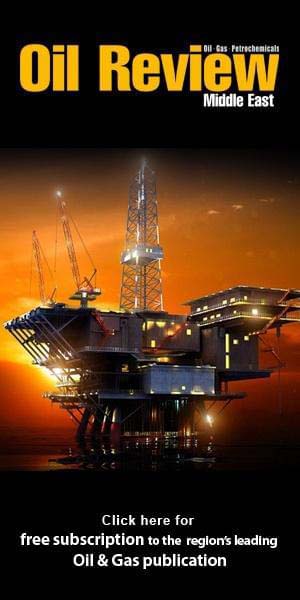While the Gulf states dominate headlines with their giga-scale renewable projects, other countries across the Middle East are also making decisive strides in solar deployment, says Sania Aziz.
From Iraq’s urgent energy recovery plans to Jordan’s pioneering policy frameworks, and even Syria’s reliance on decentralised solar for essential services, these markets illustrate both the diversity of approaches and the pressing need for clean energy outside the Gulf.
Iraq: turning crisis into opportunity
Iraq’s fragile electricity system has long been defined by chronic shortages, blackouts, and reliance on ageing thermal plants. With grid losses and limited connectivity compounding the problem, solar energy has emerged as a critical tool in the country’s recovery strategy. The government has set a target of 10 GW of solar by 2030, with more than 2 GW already under signed agreements.
International partnerships are at the heart of this growth. Masdar is spearheading a 1 GW solar framework, while TotalEnergies is pursuing similar-scale projects across multiple governorates. Smaller hybrid systems, combining solar with diesel generation, are being rolled out in remote areas and displaced communities to improve reliability and reduce dependence on costly fuel imports. Rooftop solar is also gaining traction in Baghdad, Erbil, and Basra, where businesses and households seek backup power.
Jordan: a regional solar leader
Jordan stands out as one of the most mature solar markets outside the Gulf, having embraced renewables early with a strong mix of policy and private sector participation. The country has installed over 2.1 GW of solar capacity to date, supported by successful net metering and wheeling programmes that empower both households and industries to self-generate clean power.
Flagship projects such as the Baynouna Solar Park and the Quweira PV plant have established Jordan as a hub for international investors. In parallel, Jordan has taken a leadership role in deploying solar in humanitarian contexts, with the Zaatari refugee camp powered by a large solar facility that cuts costs while ensuring reliable supply for vulnerable populations. As solar penetration deepens, battery storage pilots are being tested to reduce curtailment and enhance grid resilience.
Syria: decentralised lifelines in conflict zones
Years of conflict and international sanctions have left Syria’s energy infrastructure severely weakened. In this context, solar has become less a matter of policy and more of necessity. Small-scale, off-grid systems, often supported by NGOs and international agencies, are supplying critical power to rural communities, schools, and medical centres.
While Syria possesses strong solar potential thanks to its climate and geography, large-scale projects remain unlikely in the near term due to financing and investment barriers. For now, decentralised solar-battery kits provide lifelines for basic services such as water pumping, lighting, and mobile charging. These deployments, though small in scale, demonstrate the essential role solar can play in humanitarian and recovery contexts.
The non-GCC markets highlight the diversity of solar adoption in the Middle East. Iraq is harnessing solar to stabilise its grid, Jordan is refining innovative policy mechanisms, and Syria is deploying solar as a humanitarian tool. Each country faces unique barriers, whether political, financial, or infrastructural, but all share a recognition that solar must underpin their future energy strategies.
For investors, technology providers, and policymakers, these markets present both risk and reward. While the Gulf may dominate with scale, non-GCC nations demonstrate the versatility of solar, from powering refugee camps to rebuilding fragile energy systems. Together, they remind us that the Middle East’s clean energy transition is not only about mega-projects, but also about how renewable power can be adapted to diverse national realities.





